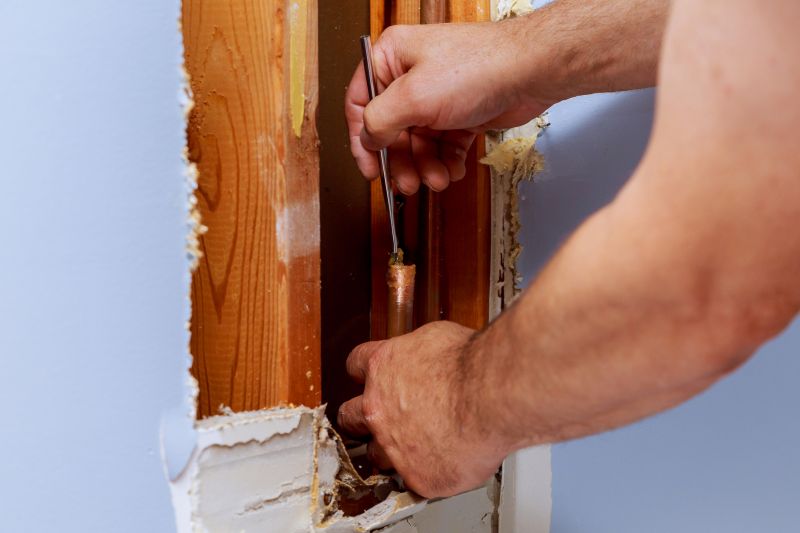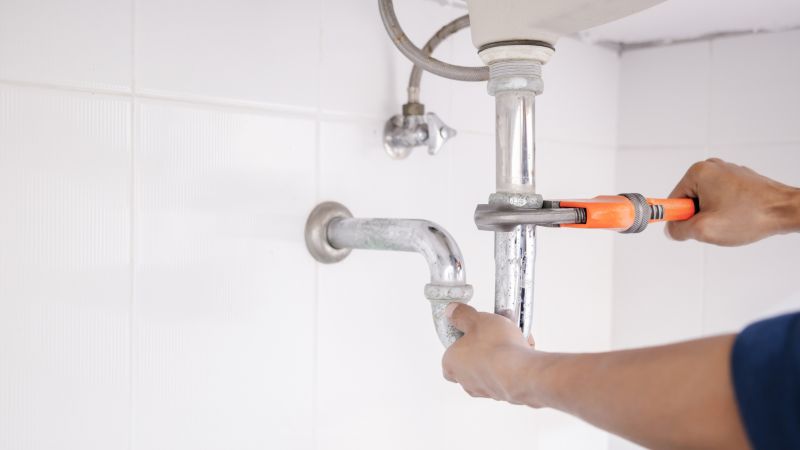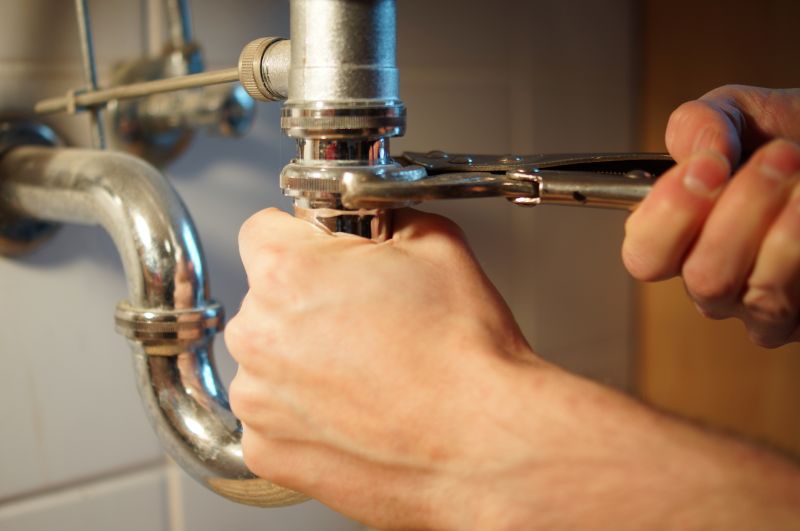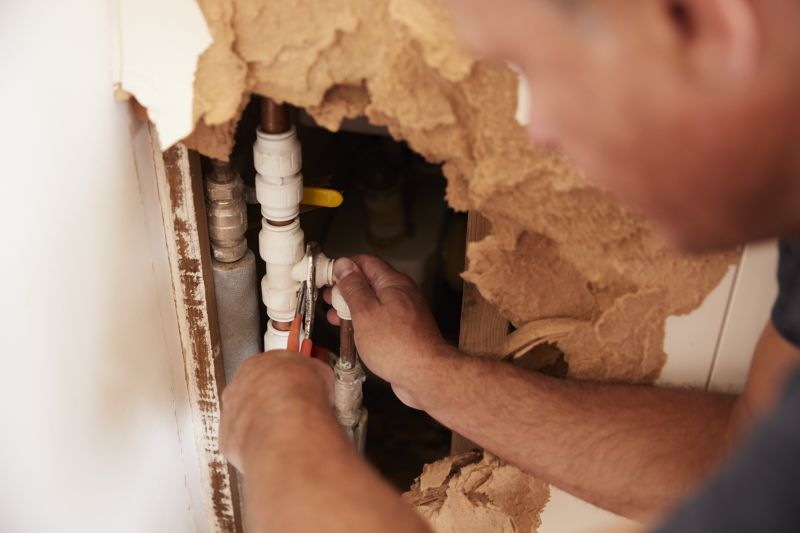Understanding Commercial Plumbing Repair Costs

Older systems often require more extensive repairs, increasing costs due to wear and outdated components.

Repairs ranging from minor leak fixes to major pipe replacements vary in complexity and expense.

Hard-to-reach areas can elevate labor costs and extend repair timeframes.
| Factor | Impact on Cost |
|---|---|
| Scope of Repair | Larger repairs increase costs significantly. |
| Materials Used | High-quality materials may cost more upfront but offer durability. |
| Labor Complexity | Specialized skills or extensive labor raises expenses. |
| Location of Issue | Difficult-to-access areas can add to labor and time. |
| Urgency of Repair | Emergency repairs tend to be more costly. |
| Size of Property | Larger facilities may require more extensive work. |
| Age of Infrastructure | Older systems tend to be more complex and costly to repair. |
| Permitting and Regulations | Compliance requirements can add to overall costs. |
The cost of commercial plumbing repairs varies widely based on the specific issue and the building's infrastructure. Minor repairs, such as fixing leaks or replacing small sections of pipe, may cost a few hundred dollars. In contrast, extensive repairs like pipe replacements or system upgrades can reach several thousand dollars, especially when considering labor, materials, and permit fees. Emergency repairs tend to be higher due to the need for immediate response and potential after-hours labor charges.
Factors such as the complexity of the plumbing system, accessibility challenges, and the type of materials used directly influence repair costs. For example, repairs in high-rise buildings or facilities with complex piping networks require specialized equipment and expertise, increasing expenses. Additionally, the age and condition of the plumbing infrastructure can lead to unexpected issues, further elevating costs. Proper maintenance and regular inspections can help mitigate some of these expenses by identifying problems early.

Repairs within a building's plumbing involve navigating tight spaces and intricate pipe networks, which can influence labor costs.

Replacing corroded or broken pipes requires careful planning and can vary based on pipe material and location.

Locating hidden leaks may involve specialized equipment, impacting overall repair expenses.
| Service | Average Cost Range |
|---|---|
| Leak Repair | $150 - $1,000 |
| Pipe Replacement | $1,000 - $5,000 |
| Clog Removal | $100 - $500 |
| Water Heater Repair | $200 - $1,500 |
| Fixture Replacement | $200 - $1,200 |
| Backflow Prevention | $300 - $2,000 |
| Sewer Line Repair | $2,000 - $10,000 |
| Emergency Plumbing Service | $500 - $3,000 |
| Drain Cleaning | $150 - $600 |
| Pressure Regulator Repair | $250 - $1,000 |
